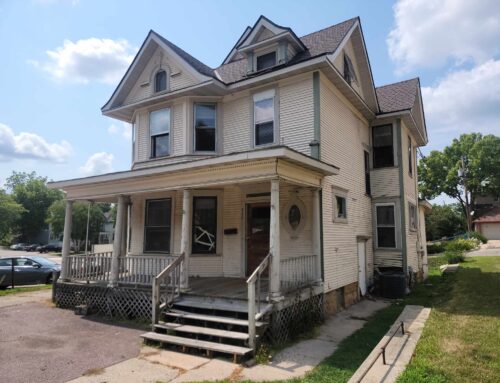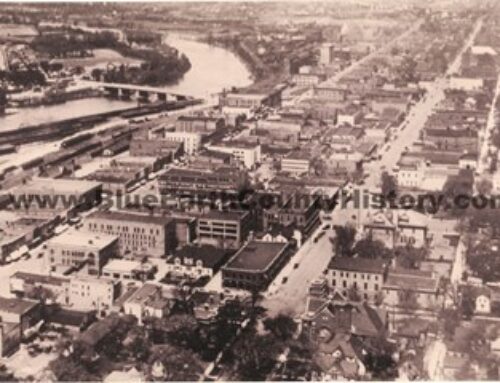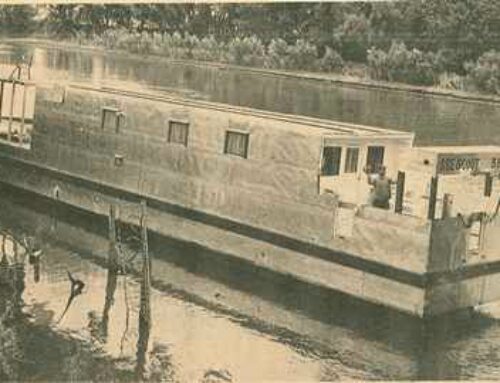After a cold spring where 88 inches of snow had accumulated, including a late March wet snowfall, the conditions were ripe for spring flooding. As the river started to flow in April, many kept an eye on the river. On April 6, 1951, the river levels rose to 18.5 feet, overflowing the riverbanks. Groups of volunteers came together to help fill sandbags and build a dike. Explosives were used in the Minnesota River to help break up ice dams. Further up-river, towns were already flooding, and this water was coming to Mankato.
Many families got calls in the middle of the night between April 6th and 7th to evacuate their homes. Many went to stay with other family members who lived on higher grounds. Others were sent to the gymnasium at Mankato State Teacher’s College. Most who fled their homes only had the clothes they were wearing and whatever small items they could grab as they left their homes. In total, an estimated 7,000 people were displaced from their homes. Some for just a few days, some for over a month.
Over the next day, the water levels rose another four feet. Many streets in lower North Mankato were flooded as well as the Sibley Park neighborhood. The parking lot for the new Mankato High School was flooded to the doors. The river would continue to rise until April 10, when the river crested at 26.2 feet.
There was an estimated $3 Million worth of damage done to homes and businesses and an additional $1 Million in damages to farmlands. People were encouraged to boil their water as the water levels receded and for a while after that. People were also recommended to make sure their Typhoid Fever shots were up to date.
It wasn’t until after April 27, 1951, the river levels went back to under 18 feet. It would still take several more weeks and months to get the community back into their homes and to repair the damages done by this flood. An earthen dike was built along the North Mankato side of the river to help prevent this level of flood from happening. This was added to after the 1965 flood. Flood control discussion started after this flood, but there would be several more before the floodwalls were constructed.
Learn more about flooding in Blue Earth County by purchasing this video.







Leave A Comment